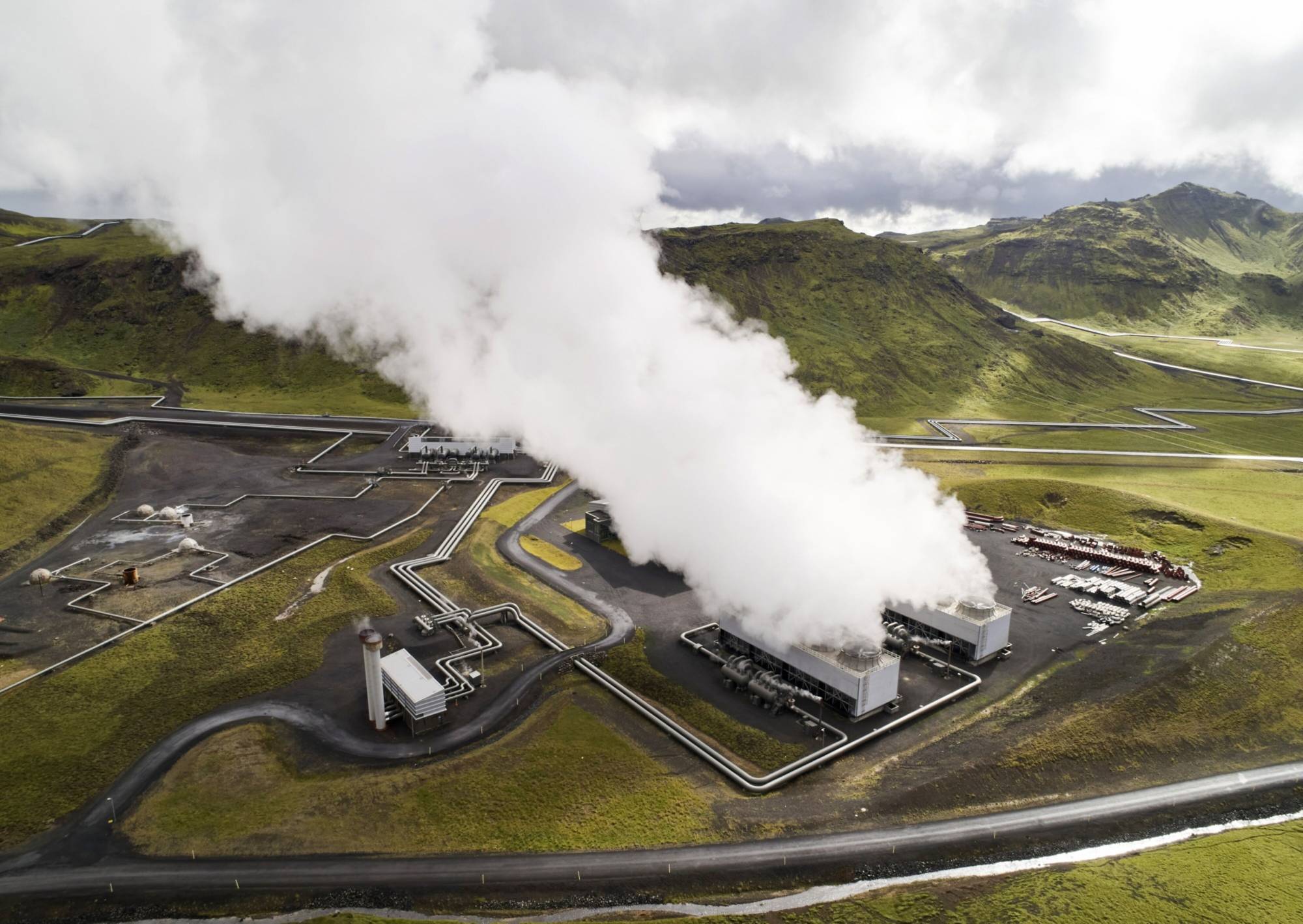If you want to understand the potential of direct air capture, or DAC, all you have to do is see its end product: solid rock. The world’s first plant to pull carbon dioxide from the air and turn it into stone has been operating in Iceland for nearly two years, and the fruits of its labor were on display last week at Climeworks’ DAC Summit.
Sitting under glass and beneath a spotlight, a nondescript-looking gray cylinder of roughly water bottle-sized rock — containing carbon the company’s technology had removed from the air using massive machines — was the centerpiece of the summit held in Zurich. It’s a wonder that could someday be in a museum, among the first few tons of carbon mechanically taken out of the atmosphere in the fight against climate change.
There are now at least 18 DAC plants operating worldwide, according to the International Energy Agency, and more are coming online. That makes the rock on display at the summit a tiny piece of today’s $2 billion market for carbon removal, which includes everything from offsets to DAC. Depending on the rules that end up shaping the sector, DAC alone could be a nearly $1 trillion business in the next decade, according to projections from researchers at BloombergNEF.



















With your current subscription plan you can comment on stories. However, before writing your first comment, please create a display name in the Profile section of your subscriber account page.